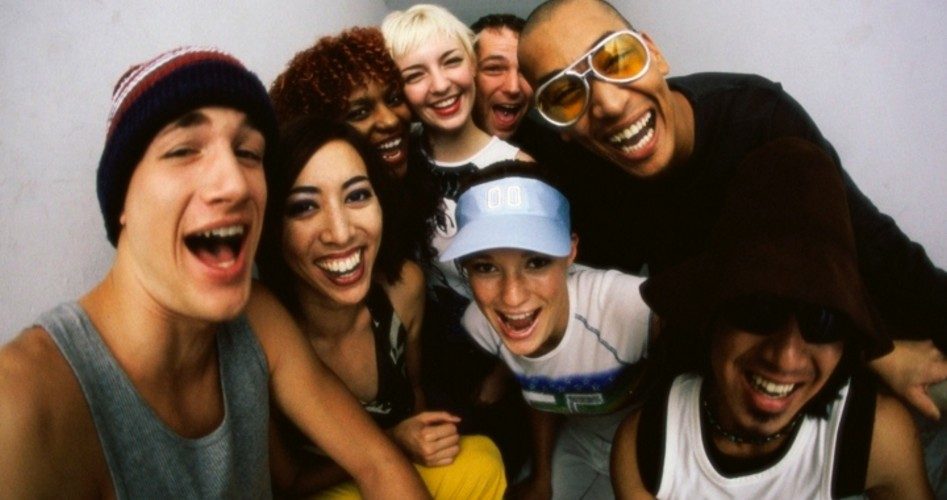
ObamaCare continues struggling to stay afloat after its disastrous launch on October 1. With the healthcare website plagued by significant glitches and low enrollment numbers, some are wondering if the president’s signature law will even be able to ride out its first year. Much of its survival depends on the registration of young, healthy, and uninsured Americans; however, data reveal that very few people matching that criteria have signed up for insurance, and many seem to have no intention to do so.
Fox News reports, “Experts say the health care program needs 40 percent of all enrollees to be between 18 and 34 years old — a prized demographic known in the industry as the ‘young invincibles.’ They are considered young, healthy and relatively cheap to care for and are necessary to subsidize older and more expensive enrollees.” In order to keep prices on those plans affordable, ObamaCare proponents are pushing to get seven million or so people enrolled by 2014, and in particular are hoping to see nearly three million young adults sign up.
A key provision in the healthcare law states that insurers must charge older Americans no more than three times what they charge younger, healthier adults. The result of this is that young adults are now facing higher premiums than prior to the implementation of the healthcare law, and naturally they are not keen to pay the hiked rates.
USA Today writes, “In most states, we’re not talking about the kind of slight increases that could be offset by forgoing a couple of lattes a month. Instead, these increases are enough to make young adults squeeze in another roommate — or maybe even move back in with Mom and Dad.”
In Arizona, for example, the average monthly premium for a 27-year old is expected to jump from $102 to $261.87 a month, with similar increases seen in a number of other states.
The administration has not released actual figures as of yet, but the six states that are currently keeping track of the data report that only 28 percent currently fit into the “young invincibles” demographic.
Fox News met with Los Angeles residents within that demographic to ask whether they intended to purchase health insurance, and most seemed to agree that it was not good economic sense.
“A lot of people can’t afford it the way it is these days,” one young man said.
“I think a lot of young men my age nowadays probably don’t really look into it,” said another.
Even as those without health insurance will begin accruing penalties as of March 31, 2014, experts agree that for young people, the incentive to pay for health insurance simply is not there. Saddled with expenses such as rent, car payments, auto insurance, food, student loans, and clothing, very few young people have the sort of disposable income to allow for another added expense, particularly one as high as their health insurance would be.
Likewise, young people generally earn significantly less on average than their older counterparts.
USA Today reports,
The average household headed by a 25- to 34-year-old had an average income of $65,041 in 2012, according to the Census Bureau. That’s significantly less than the average household income of 35- to 44-year-olds ($83,077), 45- to 54-year-olds ($87,318) and 55- to 64-year-olds ($80,967). Yes, many young adults could qualify for a subsidy. For example, if you are single and make less than $46,000 a year.
Additionally, student loan debts are plaguing young college graduates who are struggling to make ends meet. In May 2013, a Fidelity survey revealed that the student loan debt average is around $35,000. With those types of expenses, and a bleak job market, for many young adults it makes more sense simply to take the ObamaCare penalty.
One 20-something in Santa Monica, California, told Fox News, “I hate the fact that I’m going to have to pay the fine, but I’ll pay the fine.”
Fox provides further insight into the mentality of these young people:
That’s because statistics show, the average uninsured male between the ages of 21 and 35 will see a physician as seldom as six times during that 14-year period, according to Carl Schramm, a former insurance company executive who now teaches economic policy at Syracuse University.
For those who are insured, the New York health care consultant company Milliman says men 19-34 years old will see a doctor 1.8 times a year compared with women, who will on average see a doctor 3.6 times. The two data points suggest many young people may simply not see health insurance as necessary.
“Most of them have zero health costs. In fact, the median health care spending for this group is exactly zero,” said economist Douglas Holtz-Eakin, former head of the Congressional Budget Office.
“Literally if they do the arithmetic, 80-85 percent will just say no … pay the penalty and stay out of the Affordable Care Act,” he said. “There’s a long tradition of the young invincibles not buying insurance. Those who did buy insurance in polling that we’ve looked at said that if their premiums went up as much as 30 percent, they’d drop it.”
According to Holtz-Eakin, taxpayers will have to kick in the difference if young people remain out of the market.
“If the age group doesn’t sign up at all then the so-called exchanges are filled with very high-cost patients and the government will have to subsidize them extensively,” he said. “We’ll end up with a government-run program for very sick people, something we’ve already had.”
The Obama administration is now targeting the “young invincibles” in its latest campaign to bolster the paltry enrollment figures.
Nick Duran, Florida state director of Enroll America, indicates that the way to attract young people to ObamaCare is through their mothers.
“Moms are a major influence in a family,” Duran states. “We do a lot of our outreach and messaging to moms. They have a good deal of influence on the coverage of the family and the son about to turn 27.”
Such efforts to drive up enrollment figures may prove to be futile, however. As noted by Democratic Senator Barbara Mikulski of Maryland, the low enrollment may not be limited to just technological issues.
“I believe that there’s been a crisis of confidence created in the dysfunctional nature of the website, the canceling of policies, and sticker shock from some people,” she observed.




